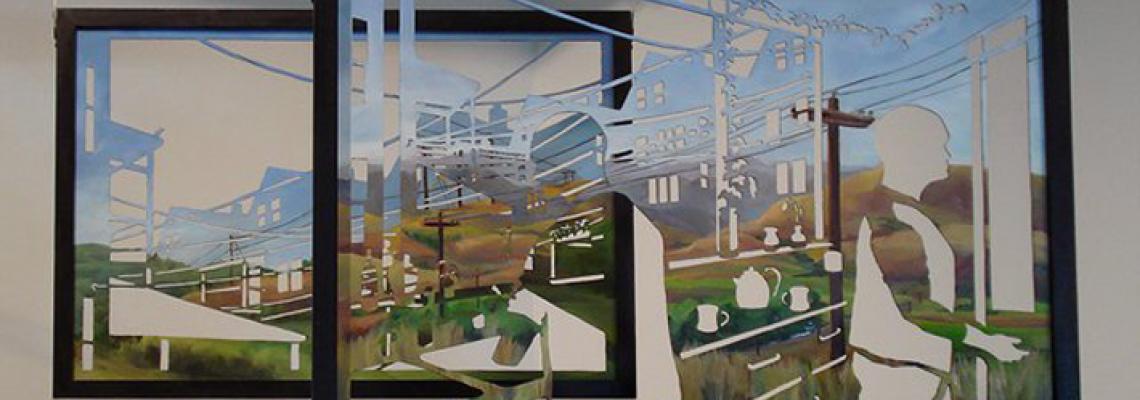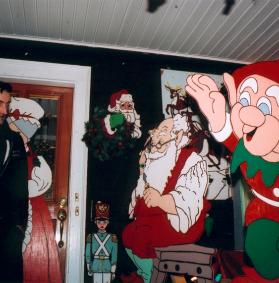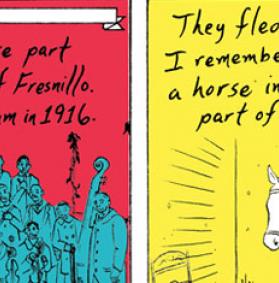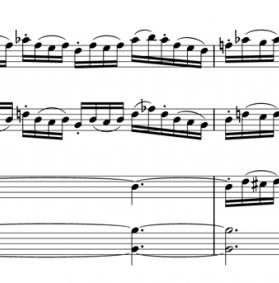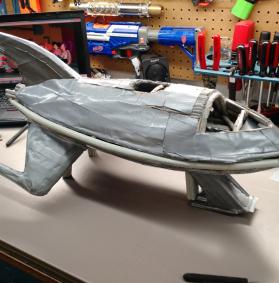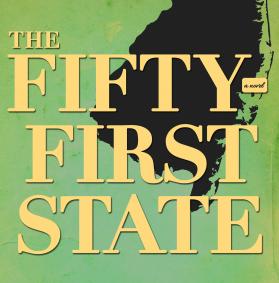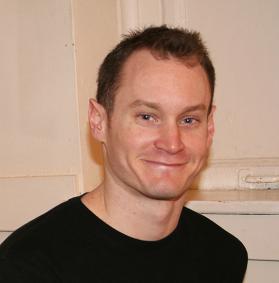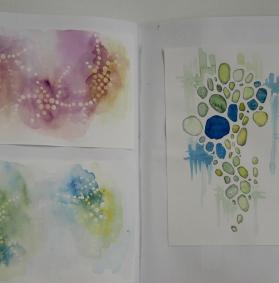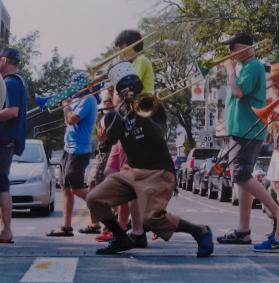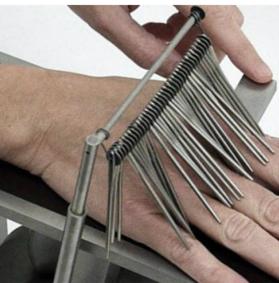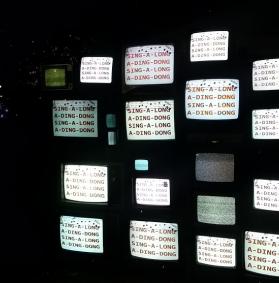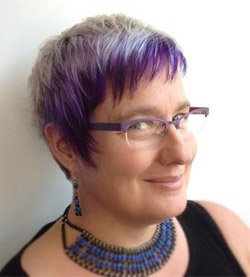 Rachel Mello is a painter, printmaker and installation artist with her studio at the Mad Oyster Studios building in Gilman Square. She studied at Rhode Island School of Design and Brandeis University and has a background in architecture, theater set design and scenic painting. Her art explores sense of place, and is rooted in a passion for the social context of people living together in cities and communities.
Rachel Mello is a painter, printmaker and installation artist with her studio at the Mad Oyster Studios building in Gilman Square. She studied at Rhode Island School of Design and Brandeis University and has a background in architecture, theater set design and scenic painting. Her art explores sense of place, and is rooted in a passion for the social context of people living together in cities and communities.
What’s a brief overview of what you do?
Just about all of my work is about sense of place and inhabitation. Usually it's some kind of relationship between elements of the daily landscape and then also sometimes about layers of other times or places, memory and dream landscapes relating or overlapping with the familiar and quotidian.
My main body of work involves cutting silhouettes, usually of city street scenes. I paint the surfaces of the silhouettes with natural or stylized landscapes or cloudscapes. These hang either a few inches out from the wall, casting shadows behind, or from the ceiling to create a space where you're walking through and between these buildings, but also in the alternate landscape.., again casting shadows on the walls and floor, bringing the whole experience back to the present moment and place.
I also work with printmaking, sometimes running through an etching press the silhouettes that I will later paint. Last Spring I started trying my hand at lithography, mixing detailed line drawing with large almost abstracted blocks of color.
So much of my work takes advanced planning and long-scale time investments, so I also make a point of doing fresh, unplanned sketching every week. It's a pure joy and keeps my hand active and developing while larger projects move along more slowly. I sketch in pencil, pen, watercolor, wash, anything I can just pick up and do, in the moment.
Are there some past projects you’d like to mention in more detail?
I'm very excited that Boston HarborArts has just installed my Sky Cranes pieces. These are 8' tall steel silhouettes of cargo-loading cranes. They're painted front and back with landscapes that might have been seen along the waterfront long before it was industrialized. For me this is an especially interesting installation: HarborArts overlays an outdoor art gallery within a working shipyard and marina. The waterfronts and coastal areas are a bellwether area for where our cultural values are. We see a lot of deeply entrenched and embattled interests that become about history, development, environment, gentrification, and class which are all topics that matter a lot to me. Again, a lot of my work has to do with sense of place, and place and home and cities are always politicized along a variety of lines.
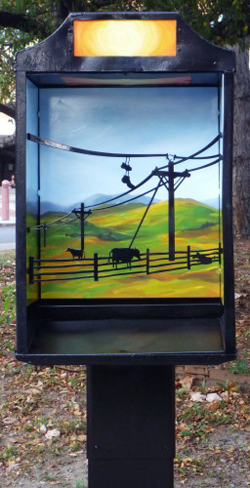 Last year I did a small installation as part of the Phone Art Box project. I loved that entire project and so many of the phone art boxes were wonderful. I loved Pauline Lim's and Martha Friend's for the little worlds they made. In mine I placed a silhouette of utility lines and fences and cows in front of a landscape I painted based on my sketches from Wyoming. Cattle used to be an important part of Somerville's economy, and now that industry has almost entirely moved to the Midwest. It's easy as an East Coast native to think I have nothing in common with a family from a ranch out west, but we're really much more connected than we imagine.
Last year I did a small installation as part of the Phone Art Box project. I loved that entire project and so many of the phone art boxes were wonderful. I loved Pauline Lim's and Martha Friend's for the little worlds they made. In mine I placed a silhouette of utility lines and fences and cows in front of a landscape I painted based on my sketches from Wyoming. Cattle used to be an important part of Somerville's economy, and now that industry has almost entirely moved to the Midwest. It's easy as an East Coast native to think I have nothing in common with a family from a ranch out west, but we're really much more connected than we imagine.
Is there anything new you’re working on, or an event that’s coming up?
This January 7 is the opening reception for The Sketchbook Show that I'm co-curating with Ellie Laramee-Byers for the Nave Annex. The show came out of our getting together weekly to sketch, but we've got artists from around the country sharing their process work, sketch journals, travelogues. It's exciting! When we were looking over the submissions, Ellie said she felt like we were spying on artists over their shoulders. We're hoping the whole show will feel like that: like you got to peek into the working minds of a lot of different people making art. The show will be open through the end of January.
My Instinct to Dream project is developing at its pace. I previewed the first three panels of it at Somerville Open Studios last spring, and I've been working on it since. My longer-term goal is to have a whole-room installation exhibit with lighting and sound helping to create this new dream/real city. I'll being heading to Vermont Studio Center for the month of March and hope to move this project forward a lot during that period.
The steel pieces I've been doing are about my desire to move more into public installation work. And I've looking for opportunities to do more of that.
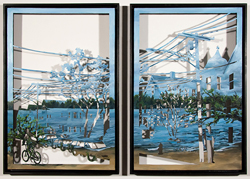 Why do you do what you do? What’s something you get out of it?
Why do you do what you do? What’s something you get out of it?
I care deeply about how people live. How we live day-to-day is a huge part of who we are and the physical manifestation of our values. It shapes us as people and as culture. That matters to me. In my art, I look at where we are, and draw, cut, print, and paint as way of connecting to this on a personal, immediate way.
It's easy to idealize "natural" landscapes or "gleaming" cities. But there' almost no place on earth untouched by global trade and migrations: no agrarian ideal without high-tech weather forecasting and telecommunications, and no cities without farms somewhere. My point is that nothing about how and where we live is simple. There's beauty and difficulty in all of it. All this is going on in my head all the time, and creating art imbued with these thoughts and feelings gives me some kind of peace.
It makes me so happy when someone tells me that they love the power lines or streetlamps in the work I do, and that they had never seen their city as so beautiful before. I feel like I'm connecting to people and helping people see everyday beauty and find joy in daily life.
What got you involved in doing what you do? Is there someone or something that was important in getting you on your way?
I've had so many teachers, so many inspirations. I have a huge community of really supportive people. We all look after each other, help each other find our way. I can't think of any single "big break," I'm not sure those exist. It's just step-by-step all the way, every day.
That said, the first time I created art to be exhibited publicly was for a DARBI (Davis Area Resident/Business Initiative) Windows Art Project back in 1999. I had nothing really to show them, but I approached Michael McIntyre from McIntyre and Moore Bookstore who was organizing the event. He gave me the windows at Carberry's (now Posto) to do. About a month later I got a call from Cecily Miller who saw and liked that work, asking me to submit for the SAC's Windows Art Project. I was really flattered. I thought, "she's the head of the Arts Council (was, then), she doesn't have to go out and *ask* people to submit..." It was then that I thought maybe my work does have some wider artistic merit than just me liking it. I got to do a window in Someday Cafe (now Mr. Crepe) and my friends at Wooden Kiwi Productions let me use their space to make it since I didn't have a studio back then. That project got featured in the Globe and I sold the pieces afterward for what was to me then a very hefty sum. It was when I first did a cut silhouette piece, because I didn't want to entirely block the view through the windows.
I guess the moral of that is that small local outreaches can make a huge difference. I think the Arts Council does its best work when it reaches out and helps Somerville artists directly and personally. I know it made a huge difference to me.
Any thoughts on the local Somerville, or Boston-area creative scene?
I wish we had more local reporting on arts. Artists read art blogs, and we advertise to each other in art magazines, but it would be really great if we had a healthy arts criticism culture, too. The Globe sometimes reviews shows, but they have one, maybe two arts writers who can only do so much as individuals. Most arts writing is simple promotion, running the press releases and advertising events, even if it's written as if it's news, it's rarely reflective and commentative. It sometimes feels like we the artists are all talking to each other and rarely reaching a larger critical audience.
I'm sad about the Dewey Square vent shaft wall in Boston being a rotating mural display that gets painted over each time. We really could stand to have *far* more painted walls and permanent work all over. Compared to other cities I've visited, we're really art-poor. Muralists and public artist need to be paid living wages to do their work and insure themselves and not be expected to work for "exposure." People die of exposure, you know. We talk a good game in about how arts bring business and revitalization, but we could stand to talk that talk up with dollars and opportunities.
